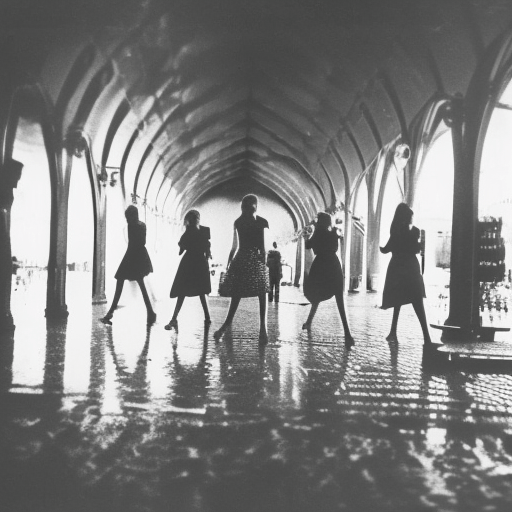Eva Peron: The First Lady of Argentina
Eva Peron, also known as Evita, was a prominent political figure and the First Lady of Argentina from 1946 until her death in 1952. She was born on May 7, 1919, in Los Toldos, Argentina, and rose to fame as an actress before marrying Juan Peron, who would later become the President of Argentina.
Early Life and Acting Career
Eva Duarte, as she was known before her marriage, grew up in a poor family in rural Argentina. She moved to Buenos Aires in her late teens to pursue a career in acting. She faced many challenges and discrimination due to her humble background, but her talent and determination eventually led her to success on the stage and in radio.
Marriage to Juan Peron
In 1944, Eva met Colonel Juan Peron, who was then the Secretary of Labor and Social Welfare. They quickly formed a strong bond, and their relationship became public when Peron was elected President in 1946. Eva and Juan married the following year, and she became the First Lady of Argentina.
Social and Political Activism
As First Lady, Eva Peron dedicated herself to improving the lives of the working class and the poor. She established the Eva Peron Foundation, which aimed to provide housing, healthcare, and education to those in need. The foundation also supported women’s rights and promoted cultural activities.
Peronism and Popularity
Eva Peron played a crucial role in promoting her husband’s political ideology, known as Peronism. She was a charismatic speaker and connected with the masses through her speeches and public appearances. Her popularity grew rapidly, and she became a symbol of hope and social justice for many Argentinians.
Women’s Rights and Suffrage
Eva Peron was a strong advocate for women’s rights and played a significant role in the extension of suffrage to women in Argentina. She fought for equal rights, including the right to vote, work, and receive education. Her efforts led to the passage of the Female Enfranchisement Law in 1947, granting women the right to vote.
International Influence
Eva Peron’s influence extended beyond Argentina. She embarked on several international trips, meeting with world leaders and promoting her social and political agenda. She was particularly well-received in Europe, where she was praised for her efforts to improve the lives of the working class.
Illness and Death
In 1951, Eva Peron was diagnosed with cervical cancer. Despite her illness, she continued her political activities and remained a beloved figure in Argentina. However, her health deteriorated rapidly, and she passed away on July 26, 1952, at the age of 33. Her death was met with widespread mourning and grief throughout the country.
Legacy
Eva Peron’s legacy continues to resonate in Argentina and beyond. She is remembered as a champion of the poor and an advocate for women’s rights. Her work with the Eva Peron Foundation left a lasting impact on the lives of many Argentinians. However, her political influence and controversial methods have also sparked debate and criticism.
Conclusion
Eva Peron, the First Lady of Argentina, left an indelible mark on the country’s history. Her dedication to social justice and women’s rights made her a beloved figure among the working class. Despite her untimely death, her legacy lives on, and she remains an iconic symbol of Argentina’s fight for equality and social progress.












